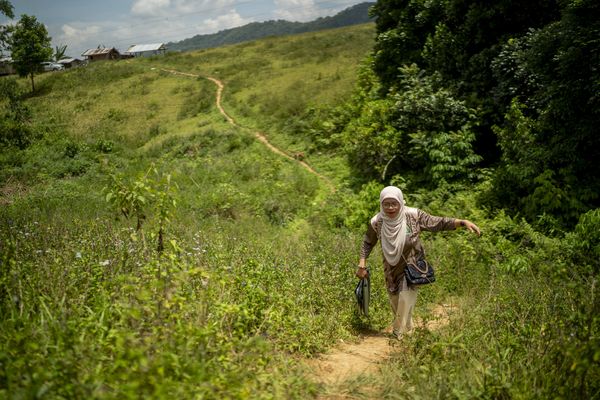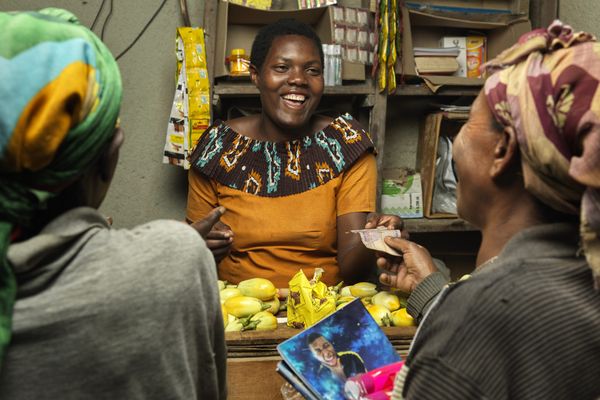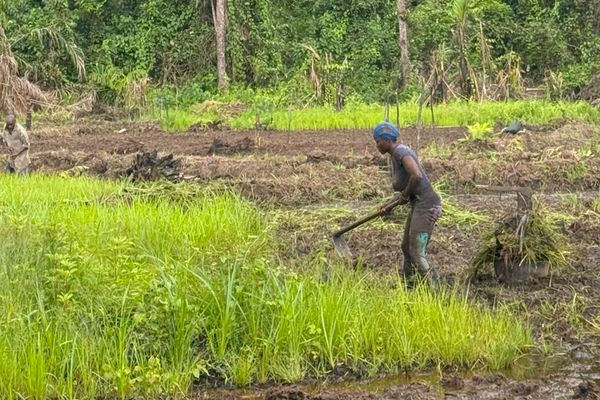How do you commute to work? Do you walk, take a boat, ride a motorbike or maybe even a horse? For Dr Boniarah Usngan – an educator from the Bangsamoro Autonomous Region in Muslim Mindanao (BARMM) in the Philippines – all of these apply.
Boniarah, lovingly called ‘Ma’am Boni’ by colleagues and students, is from Lanao Del Sur, one of the six provinces that make up BARMM. Lanao del Sur is best known for Lake Lanao, and its people, the Maranao, also referred to as the ‘people of the Lake’.
Lanao Del Sur is considered one of the fastest developing provinces in BARMM, according to recent government reports. But where there is an acute lack of access to basics like infrastructure, education, and livelihoods, what does ‘fastest developing’ look like beyond the traditional GDP?
BARMM reports some of the lowest social indicators in the Philippines. It is the poorest region of the country and has the lowest literacy rate. In comparison, the capital Manila has a 72% participation while BARMM reports only 3% participation rate in higher education.
These disparities are a direct result of a region marked by decades of armed conflict. Lanao Del Sur’s capital, Marawi, was the ground zero of an internal conflict and siege as recently as 2017. An estimated 100,000 residents — nearly half the population of Marawi — were displaced.
The ongoing political and cultural clashes have gone on to affect every aspect of life – but none more deeply than children’s education. Poor infrastructure, lack of qualified and available teachers, sustained poverty, and inaccessible terrains have left many barangays (the smallest administrative unit of government) with no schools to begin with. If schools do exist, they accommodate only till the primary level.
The future of the children in these school-less barangays remains uncertain. The only way to get a higher education is if they can afford to move and settle near the city.
Read: What is it like to keep children in schools in the world’s remotest places?
Boniarah, who grew up in Lanao Del Sur, is an exception, though – she holds a master’s degree and a PhD. Her lived experience gives a unique insight into what it is like to grow up, learn and teach in BARMM, and what goes into uplifting a generation of children growing up amidst crises.
Boniarah grew up with 9 siblings. “My parents, on their teachers’ salaries, earned just enough for us to get by,” recounts Boniarah, “But they always emphasised how education can change lives.”
“I knew it would be hard for my parents to support my higher education. And so I focused on the finish line and studied very hard. I got through school on scholarships, and supported myself through university.”
Even with financial constraints and living in a conflict zone, Boniarah can be considered one of the luckier ones. At least, her municipality had schools. “Where I am from, it was expected that children would go to school. It was also commonplace for girls to be in classrooms. We lived fairly close to the capital. I knew I had the option to attend university once I completed high school,” explains Boniarah. That is not the case, however, as locations get more remote, and poverty deepens.
After graduating from Mindanao State University in 1997, Boniarah spent eight years teaching in elementary schools in her hometown. She recalls, “It was a proud moment when I went back to teach in the same school that my mother taught in.” She continued to work as she studied for her doctorate degree in School Administration.
People closest to the challenges have a deeper understanding of them. That’s why they are closest to the solutions. In 2012, Boniarah received a call from the education ministry asking her to join their latest project – the alternative delivery model – implemented by BRAC and supported by the Australian government. This model, specifically designed to bridge the gaps in education all over BARMM, would set up tuition-free learning spaces, hire learning facilitators from communities, and also provide school supplies for out-of-school children—to bring them back into schools.
This was Boniarah’s opportunity to bring her specialised skills where it mattered the most – the school-less areas of Lanao Del Sur. She began to train and equip teachers, working closely with communities and leaders who did not always value education.
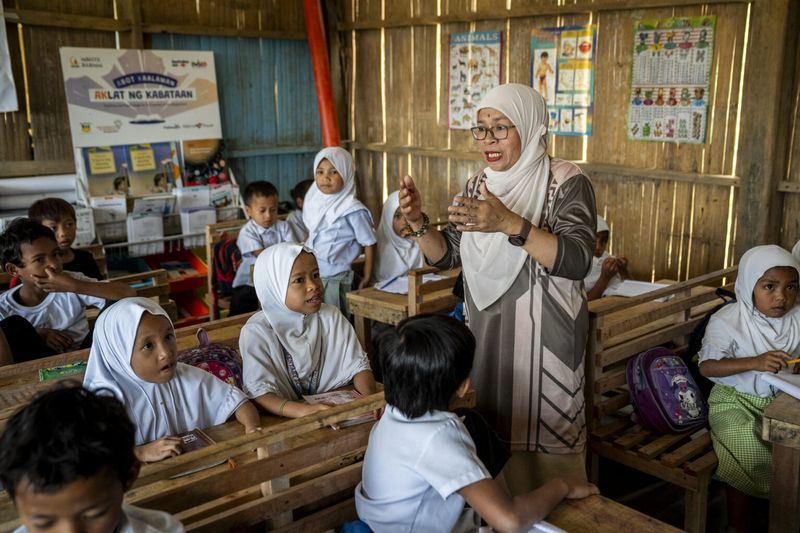
Boniarah reflects on her experience of the early days, “As a coordinator, I began to travel to the remotest barangays.” The experience exposed the barriers that children and families face. “It was not just poverty in terms of income, but lack of access to health, education, infrastructure, and gender equality.”
Even the closest schools were simply too far. “While travelling within the same area, I had to make my way through forests, rivers, and through winding dirt roads.”
Most families in BARMM’s barangays rely on small-scale farming for income. Parents would much rather have their children work than invest in their education. “For girls, it is worse, because community norms dictate girls and women be limited to domestic work,” explains Boniarah.
However, as a woman who grew up in the same area, Boniarah’s words struck a chord with the people around her. She sat with families and local leaders, and advocated for education – especially girls’ right to learn.
BRAC since 2012, is one of the biggest implementing partners in BARMM, delivering education at the last mile. From 2012 to 2018, the alternative delivery model established more than 2,000 learning centres, supporting over 65,000 learners across five provinces.
While the alternative delivery model project helped bring children back to school, more than 45,000 primary school-aged children in BARMM still had no access to learning facilities in 2019. To close this gap, the education ministry with support from the Australian Government through its Pathways Programme for Peace in Mindanao along with BRAC started the Abot Kaalaman sa Pamilyang Bangasamoro (AKAP) project. Learning centres were set up in communities without schools and in areas with many out-of-school children, offering free, quality learning spaces within five kilometres of children’s homes.
“To ensure that children continued to learn, I focused on connecting our learning centres to ‘catchment schools’ – the nearby government schools. Advocacy in the communities for women and girls, and strengthening quality through training teachers needs to be stronger,” says Boniarah.
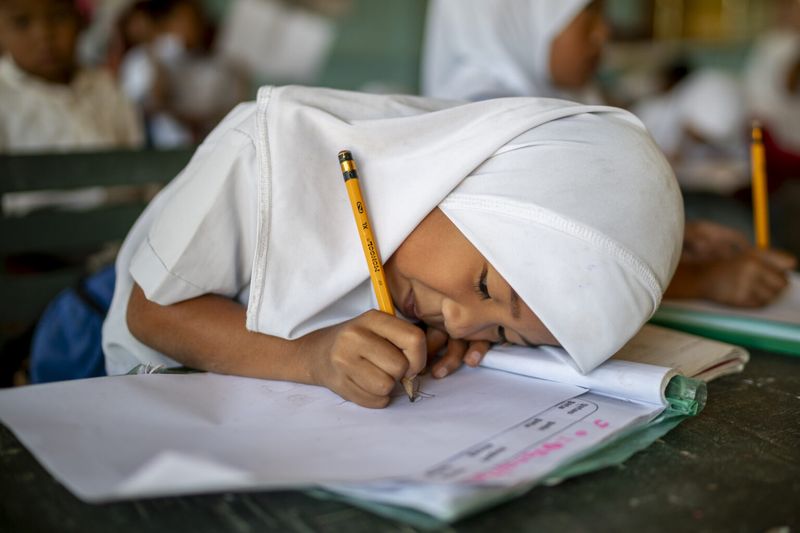
The needs are immense. Parents want a better future for their children. Today the AKAP programme covers 71% of the school-less barangays all over BARMM.
Boniarah says of her experience, “In my 13 years of working in Lanao Del Sur, I’ve seen again and again that parents essentially want their children, girls and boys alike, to go to schools and thrive. They know it’s the path forward, but barriers often make it feel out of reach.”
Boniarah’s days are long and difficult. She spends hours commuting, often through hills, river bodies, forests and difficult terrains, to conduct training sessions. When asked why continues to do this work, she says, “I always tell teachers that all it takes is a sense of duty to create meaningful change. That is what I feel for BARMM. I love my community, I know their needs. They deserve an education that lets them grow and achieve their dreams. I achieved mine, and it changed my life.”
Since 2019, 31 learning centres across 31 barangays in Lanao Del Sur were established under Dr Boniarah Usngan’s leadership. Her work continues to light the way for a generation of learners across Mindanao, Philippines.
BRAC in the Philippines provides capacity building and professional development support to learning facilitators and teachers in catchment schools, schools division offices, and Abot Kaalaman sa Pamilyang Bangasamoro (AKAP) Regional Technical Working Group members. The AKAP project is being implemented under the Ministry of Basic Higher and Technical Education (MBHTE), with support from the Australian Government through its Pathways Programme for Peace in Mindanao and the Consortium of Bangsamoro Civil Society.
Written by: Janifa Bangcola, Project Manager, Education (AKAP) and Syeda Tasnim Islam, Deputy Manager, Content and Knowledge Management
Edited by: Abida Rahman Chowdhury, Senior Manager, Thought Leadership and Content
Photos by: Lisa Marie David
